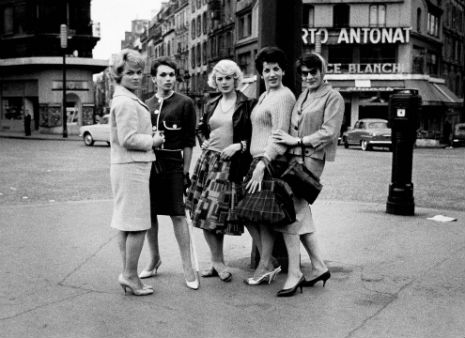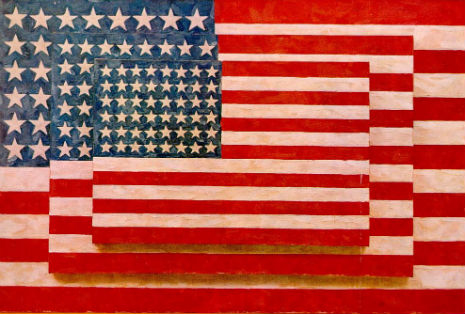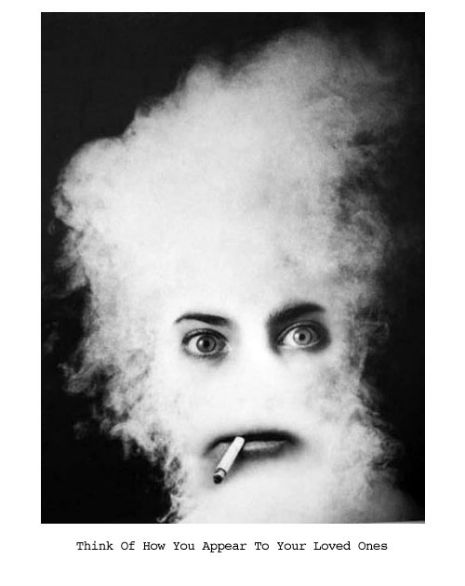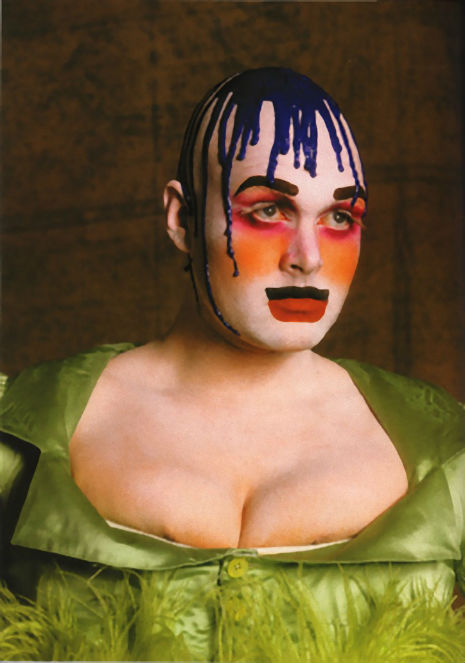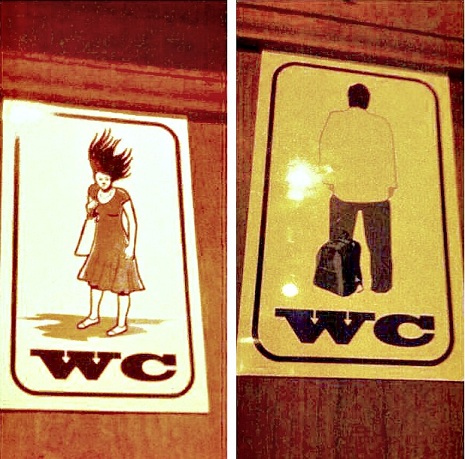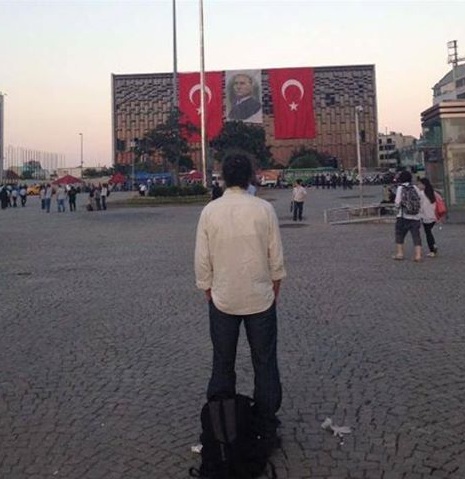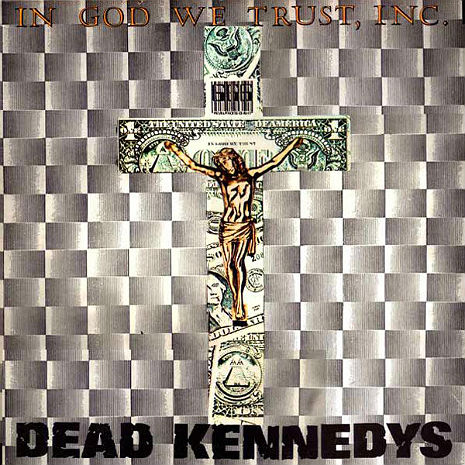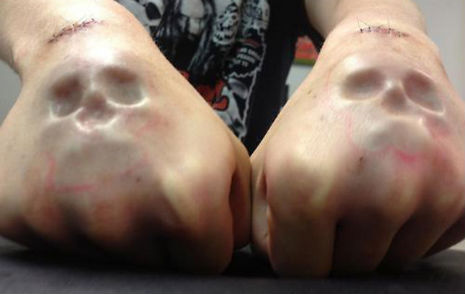
Japanese artist Yayoi Kusama has called her iconic polka dots a kind of “virus,” spreading over everything in their vicinity. The dots express her artistic philosophy of representing human beings and all of the cosmos as but single particles among billions of them.
Back in the late 60s/early 70s, Kusama’s performance art “happenings” (often performed nude, with, you guessed it, polka dot body paint) saw her get as much attention from the press as say, Andy Warhol or Peter Max did. She famously wrote a letter to Richard Nixon offering to fuck him if he would stop the Vietnam war. She staged “The Grand Orgy to Awaken the Dead at the MOMA” in 1969 and officiated gay marriages as early as 1968 at her “Homosexual Wedding at the Church of Self-obliteration” event. Kusama lived in New York City for several years (1957-1973), before returning to Japan and a life voluntarily spent in a psychiatric hospital since 1975.
“If it were not for art, I would have killed myself a long time ago” she once said.
Yayoi Kusama suffers from an extremely extreme case of OCD. Although she is an productive artist, and indeed, fully recognized the world over as one of Japan’s greatest artists, the 83 year old’s incredible gifts come with a steep price. Speaking about her 1954 painting “Flower (D.S.P.S)” she described her inner life:
“One day I was looking at the red flower patterns of the tablecloth on a table, and when I looked up I saw the same pattern covering the ceiling, the windows and the walls, and finally all over the room, my body and the universe. I felt as if I had begun to self-obliterate, to revolve in the infinity of endless time and the absoluteness of space, and be reduced to nothingness. As I realized it was actually happening and not just in my imagination, I was frightened. I knew I had to run away lest I should be deprived of my life by the spell of the red flowers. I ran desperately up the stairs. The steps below me began to fall apart and I fell down the stairs straining my ankle.
I’ve been obsessed by Yayoi Kusama’s work since I first encountered it in the “Scream Against The Sky” show of postwar Japanese art at the Guggenheim Soho in 1994. I actually went to see that show several times and I’d stand there sticking my face inside of her 1991 “Mirror Room - Pumpkin” installation for as long as I could without crowding out others from enjoying it. When they were done, I’d take my place again.
It’s difficult to describe “Mirror Room - Pumpkin,” but picture a large crate, smaller than a small bathroom and a cube. Almost big enough to stand up in, but not quite. There’s a step and a small square space cut out to put your head almost inside of it. Inside are large mirror tiles, a grid of four on the floor, top and on all four sides. Laying at the bottom were several pumpkins painted yellow with black dots. The infinite reflections were the closest I have ever come to experiencing when Dorothy is surrounded by all of the opium poppies in The Wizard of Oz. Like Doctor Who’s TARDIS, it’s bigger on the inside than on the outside, it’s just that unreal, a visionary masterpiece. I was so obsessed with the work that I drew up plans to construct one myself only to realize that even if I could have had it fabricated at a reasonable price (my estimate came to only $800), I’d still never be able to get it in and out of my NYC apartment’s third-floor walk-up front door and so my dream was abandoned.
Also a part of the Guggenheim’s exhibit was the remarkable short avant garde film, “Kusama’s Self-Obliteration” directed by Fluxus-associated video artist Jud Yalkut in 1967. This was another thing that I simply could not get enough of. The film was projected on a loop in a small room with two benches and the music, improvised by Citizens for Interplanetary Activity (aka C.I.A. Change)—which at certain times puts me in mind of early Tangerine Dream, Red Krayola, or even The Residents’ demented Third Reich and Roll album—is as tripped out as the visuals. I probably watched it at least a half dozen times. A few years ago, I found a high quality copy on an art house torrent tracker and was delighted by my good fortune. Now it’s on YouTube.
If you enjoy the films of Kenneth Anger or Ira Cohen’s “The Invasion of The Thunderbolt Pagoda,” you’ll find that “Kusama’s Self-Obliteration” is very much in that same mind-blowing audio-visual territory.
Posted by Richard Metzger
|
07.15.2013
07:05 pm
|


